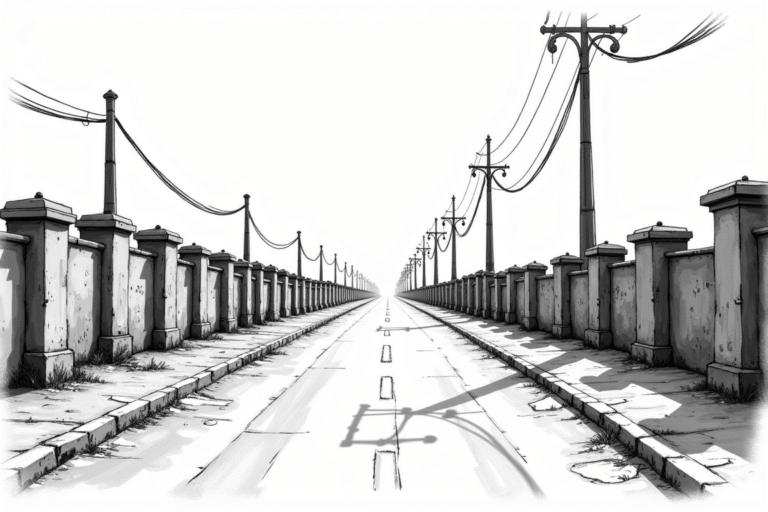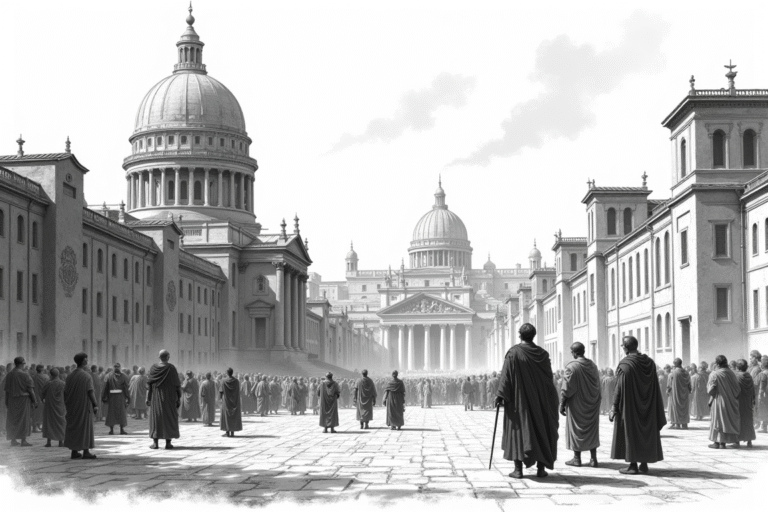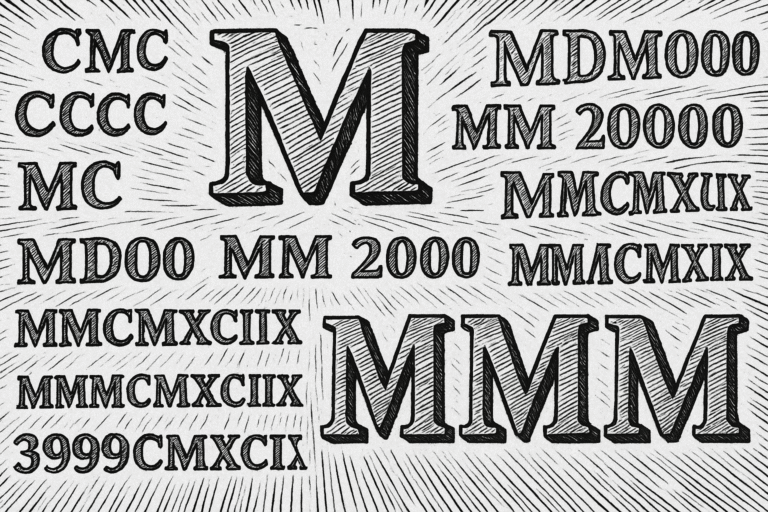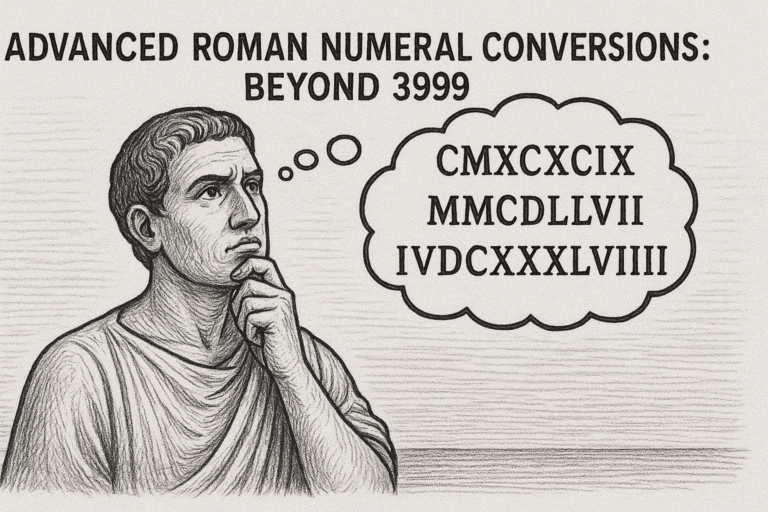How Roman Numerals Are Used in Architecture and Design
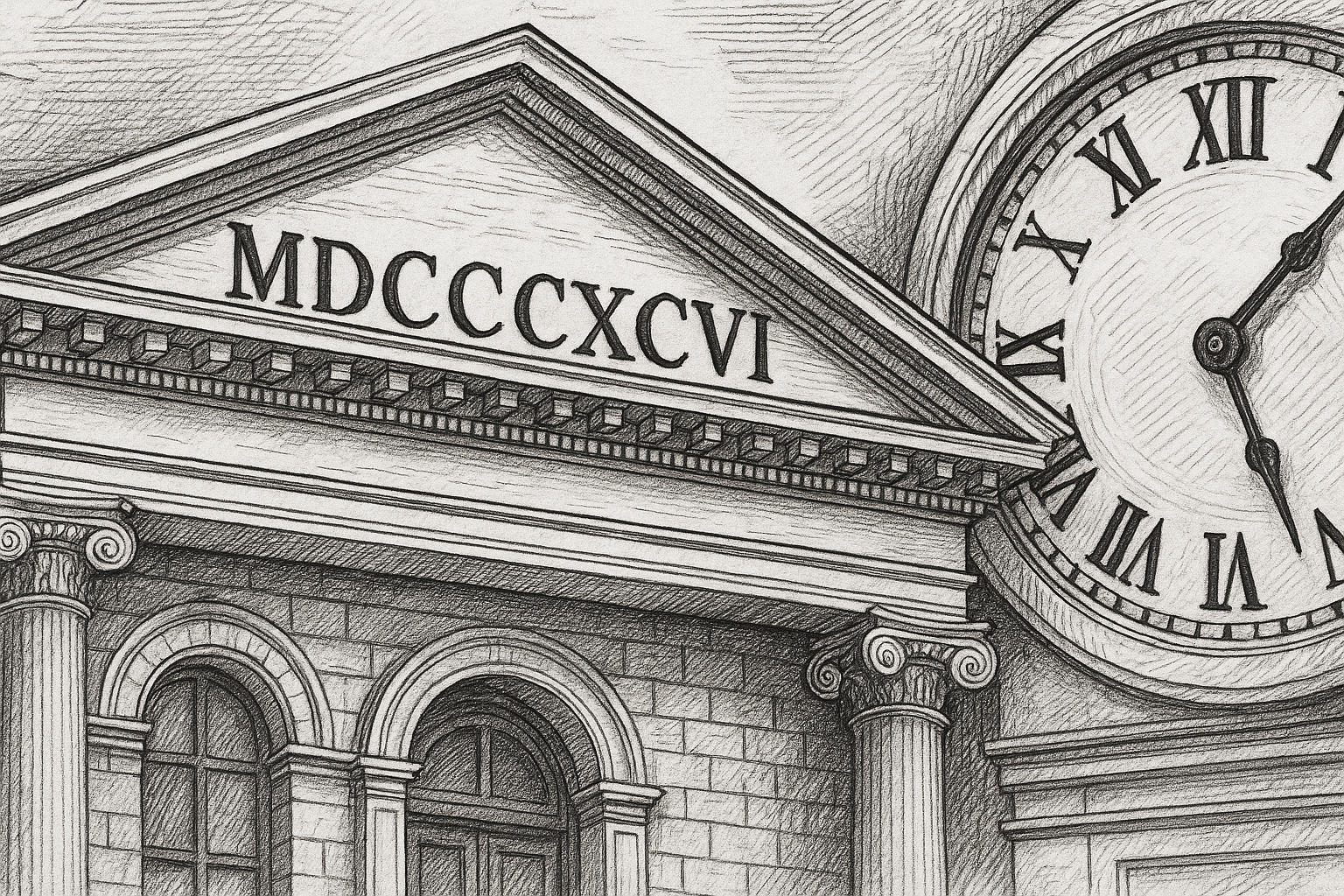
Roman numerals, originating from ancient Rome, have transcended their practical numeric roots to become a significant aesthetic and symbolic element in architecture and design. Their timeless visual appeal has maintained their popularity across centuries, finding contemporary applications in various forms of creative expression, from buildings and monuments to graphic design and decorative arts. This article explores the use of Roman numerals in architecture and design, highlighting their historical significance, visual advantages, and modern applications.
Historical Background of Roman Numerals
Roman numerals emerged around 500 BCE as a practical system for counting and record-keeping. They were particularly well-suited for carving into stone and metal, materials commonly used in Roman architecture and public works. Over time, their usage expanded, becoming symbols of status, permanence, and classical elegance.
Roman Numerals in Classical Architecture
Cornerstones and Inscriptions
One of the earliest and most enduring uses of Roman numerals in architecture is on cornerstones and building inscriptions. These numerals denote construction dates, renovation years, and significant historical events. Inscriptions with Roman numerals can be seen prominently displayed on temples, churches, government buildings, and public monuments.
For instance, iconic structures like the Roman Colosseum prominently feature Roman numerals, symbolizing important dates and commemorations. This usage emphasizes durability, formality, and timelessness, contributing to the grandeur and historical gravitas of these structures.
Monumental Architecture
Monuments and public works such as triumphal arches, obelisks, and fountains frequently incorporate Roman numerals to commemorate significant historical events or the reigns of notable figures. Roman numerals, with their powerful visual presence, add a ceremonial aspect, instantly associating the monument with classical antiquity and historical importance.
Examples include the Arc de Triomphe in Paris and the Washington Monument in the United States, both utilizing Roman numerals for inscriptions and dedications, connecting these modern monuments directly to historical traditions.
Roman Numerals in Modern Architecture
Civic Buildings and Public Works
Modern civic architecture frequently utilizes Roman numerals as a nod to classical roots and historical continuity. Courthouses, libraries, museums, and government buildings often display Roman numerals in dates or commemorative inscriptions on façades or entryways. This design element symbolizes authority, stability, and a connection to historical precedent.
Educational Institutions
Universities and educational institutions often adopt Roman numerals for symbolic value, emphasizing academic heritage, tradition, and prestige. They appear on buildings, gates, campus monuments, and cornerstone plaques marking construction dates and significant anniversaries, reinforcing a sense of historical identity and institutional continuity.
Roman Numerals in Interior Design
Clock and Watch Faces
Roman numerals continue to be widely used in interior design, particularly on clocks and watches. The elegant and traditional appearance of these numerals makes them ideal for decorative timepieces, adding sophistication and classical charm to interior spaces. Roman numerals provide a visually appealing, instantly recognizable format for reading time, enhancing aesthetic and functional design.
Decorative Elements
Interior designers frequently employ Roman numerals as decorative elements on walls, furniture, textiles, and artwork. Numerals add visual interest, historical references, and thematic depth to interior spaces. Whether engraved into woodwork, painted onto walls, or included in textile patterns, Roman numerals create a sense of timeless elegance and classical refinement.
Roman Numerals in Graphic Design
Branding and Logos
Roman numerals are commonly used in branding and logo design to convey timelessness, authority, and classical elegance. Brands in luxury goods, fashion, jewelry, and lifestyle sectors often incorporate numerals into their logos or product lines, creating a distinctive and prestigious image. Examples include luxury watch brands like Rolex and Cartier, which regularly use Roman numerals to reinforce brand heritage and luxury appeal.
Typography and Layout Design
Graphic designers frequently incorporate Roman numerals into typography and layout designs for printed materials like books, magazines, brochures, and certificates. Numerals effectively add visual contrast, structure, and a sense of historical significance to designs. They also help organize content clearly and elegantly, particularly in formal and academic contexts.
Roman Numerals in Art and Sculpture
Artists and sculptors regularly use Roman numerals in artworks and sculptures to convey symbolic meaning, historical references, or aesthetic beauty. In sculpture, Roman numerals might be carved into pedestals or integrated into the artwork itself, adding layers of meaning and historical context.
Contemporary artists often incorporate Roman numerals in paintings, mixed-media works, or public installations to evoke classical influences or add interpretive depth to their creations. The numerals can symbolize specific historical events, dates, or personal references significant to the artwork.
Practical Challenges and Considerations
While Roman numerals offer significant aesthetic and symbolic advantages, their use in architecture and design also presents practical challenges:
Readability and Accessibility
For contemporary audiences unfamiliar with Roman numerals, deciphering these numbers can be challenging. Designers must consider readability and clarity, especially for public signage, wayfinding systems, or emergency information.
Digital Constraints
In digital environments, the representation of Roman numerals, particularly large numbers, can be cumbersome or challenging to format correctly. Designers often need to find creative solutions or alternatives to traditional notation, ensuring accessibility and ease of use.
Modern Innovations and Adaptations
To address these challenges, modern designers sometimes adapt or simplify Roman numeral usage:
- Combining Roman numerals with Arabic numerals for clarity and accessibility.
- Using parentheses or brackets in digital contexts to indicate multiplication by 1,000.
- Incorporating explanatory text or visual aids in signage or public displays.
These innovations help maintain the visual and symbolic appeal of Roman numerals while enhancing their practicality and relevance for contemporary audiences.
Conclusion
The use of Roman numerals in architecture and design remains robust due to their aesthetic beauty, historical resonance, and symbolic value. Whether engraved into monumental architecture, integrated into interior design, or incorporated into modern graphic elements, Roman numerals provide an enduring visual language that connects contemporary designs to classical traditions.
Understanding the historical and aesthetic significance of Roman numerals enriches cultural literacy and appreciation for architecture and design. Designers and architects continue to find innovative ways to utilize these timeless numerals, reinforcing their relevance and appeal in modern creative practices.
Explore our Roman numeral resources and converter tools to enhance your understanding and effectively integrate these classic symbols into your architectural or design projects.


